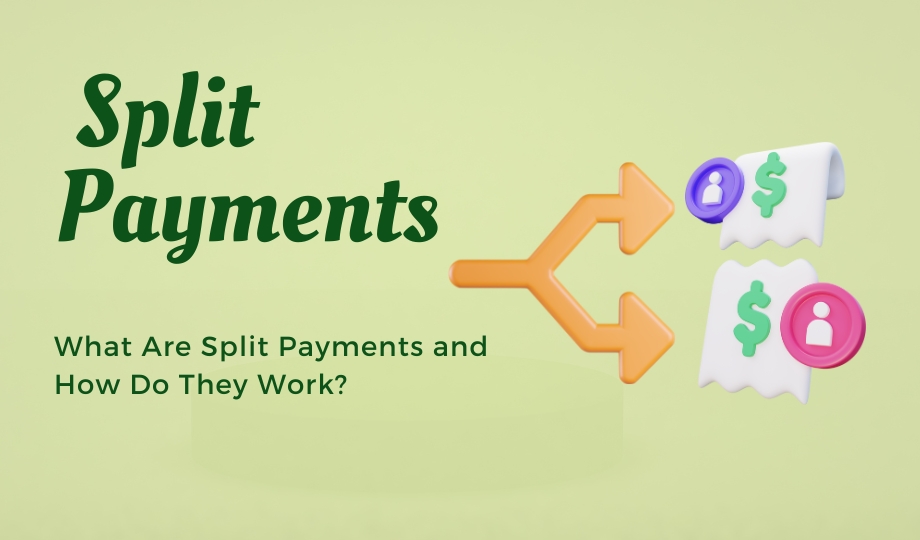A split payment, as the name suggests, is a straightforward and convenient method that enables customers to pay for goods and services using multiple payment methods. Customers can divide their payment obligations in various ways, including splitting them into multiple sub-payments or distributing them across different payment channels.
Common reasons for customers to opt for split payments include:
Group Payments: Splitting a typical payment among multiple people.
Payment Limits: Utilizing the limits of their preferred payment methods.
Diverse Payment Methods: Combining different payment mediums like cash, credit cards, and digital wallets for a single payment.
Types of Split Payment Options
Split payments can encompass a variety of payment methods, including:
- Credit Cards
- Debit Cards
- Cash
- Gift Cards
- Reward Cards
- Store Credit Cards
- Cheques
- Buy Now, Pay Later (BNPL)
Benefits of Split Payments
Split payments offer numerous advantages to end-users. Some of the key benefits include:
Enhanced Payment Flexibility: Customers can choose their preferred payment methods, enhancing flexibility.
Improved Payment Experience: Paying through a preferred channel increases customer satisfaction and overall payment experience.
Reduced Cart Abandonment: Offering various payment options reduces the risk of cart abandonment, as customers can complete their purchases using their preferred method.
Enhanced Customer Satisfaction and Loyalty: Providing a variety of payment options can improve customer satisfaction and loyalty.
Higher Conversion Rates: By reducing cart abandonment and enhancing the overall customer experience, businesses can improve their conversion rates.
Drawbacks of Split Payments
Seller Identification: Proper seller identification is crucial for splitting payments, which can be challenging without the required authentication.
Complex Party Management: Global platforms sourcing products from multiple vendors may find payment segregation challenging.
Limitation on Combined Payment Methods: Some combinations of split payment methods may not be feasible.
Unique IDs: Two or more entities cannot have identical IDs, making it challenging to distinguish between them.
Nominal Fee Restrictions: Charging nominal fees is not allowed; instead, only a percentage-based commission can be applied.
Use Cases of Split Payments
Split payments are employed in various sectors, including:
E-Commerce: Split payments help e-commerce platforms distribute payments to different sellers quickly.
Education and Ed-Tech: Schools and educational institutions use split payments to allocate funds to various cost centers.
Aggregators: Aggregator platforms like Uber use split payments to distribute earnings to drivers efficiently.
How Web Technology Expert Can Assist
Web Technology Expert offers solutions for handling split payments in two ways:
PayFac Model: This model allows businesses to settle payments to small and medium enterprises effectively. Web Technology Expert acts as the master merchant, with onboarded sub-merchants having independent, unique sub-merchant IDs. Payments hit the primary wallet and are then paid directly to sub-merchants, offering benefits like cash flow control and streamlined payment settlement.
MEAMI Model: In this model, a Web Technology Expert collaborates with various merchants and their payment gateways to facilitate swift payment collection and splits. This model splits payments between the primary wallet and the merchant’s wallet, ensuring a seamless process for all parties involved.
Traditional Model: Businesses in their early stages can use the traditional model. Money hits the primary wallet and is subsequently directed to the bank account. This model provides flexibility in optimizing pay-in and payout rates and assists in payment reconciliation.
These services offer a comprehensive solution for managing split payments efficiently and effectively.
In the rapidly evolving world of e-commerce and digital payments, understanding split payments and their various applications is crucial for both businesses and consumers alike.

